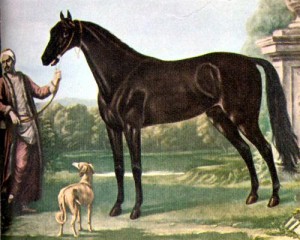We’ve written before about how EU regulations and directives threaten the survival of agricultural biodiversity (and this is as good a place as any to start). Now, alas, the Swiss, in an effort to “simplify trade with EU neighbours,” are planning to emulate their neighbours’ one-size-fits-all approach to regulation and install a certification catalogue of their own.
Can we just remind the Swiss authorities of that old chestnut about those who don’t understand history being condemned to repeat it?
Personally, I have absolutely nothing against seed certification systems, as long as they aren’t monolithic. Customers should be free to purchase whatever varieties they want, certified or otherwise, at their own risk. Anything else is indefensible.
Fortunately, Pro Specie Rara is on hand to campaign against this silliness. We can but hope that the eminently reasonable Swiss will listen to reason, and gain lasting fame among diversity enthusiasts everywhere for more than the cuckoo clock.
